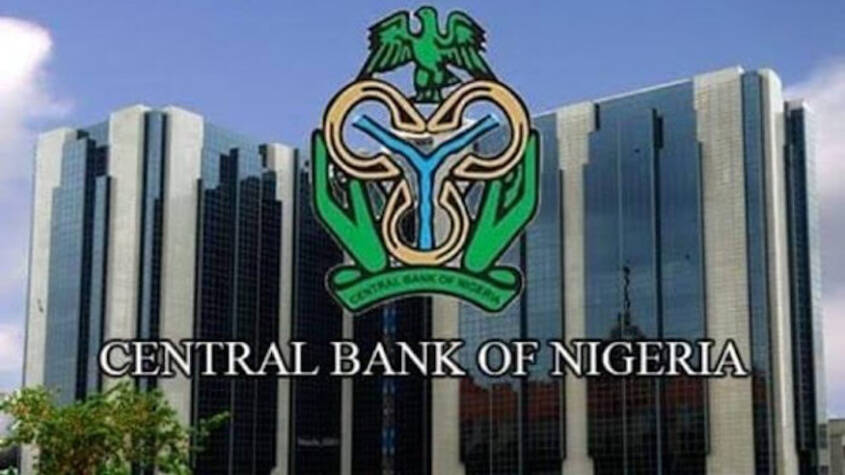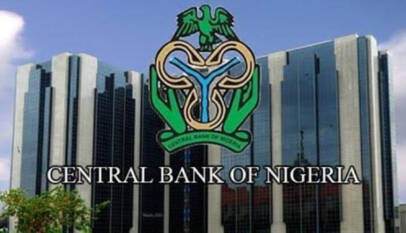By Douglas Maha, Abuja
Nigeria’s external reserves have posted their first sustained increase in 2025, rising by $364 million between April 30 and May 14, according to the Central Bank of Nigeria (CBN). This marks the first two-week upward trend in Nigeria’s foreign reserves since peaking at $40.92 billion on January 6, 2025.
CBN data shows reserves climbed from $37.934 billion at the end of April to $38.298 billion by mid-May, reflecting a 0.96% increase. The growth follows four months of steady decline, triggered by high foreign exchange (FX) demand, falling oil revenue, and external debt service obligations that drained $2.62 billion from the reserve pool.
This positive shift is seen as a reflection of the CBN’s renewed forex market reforms and conservative reserve management. Rather than defending the naira through heavy interventions, the apex bank has adopted a market-driven approach, allowing the exchange rate to adjust naturally. This has reduced speculative activity and curbed FX hoarding by businesses and individuals.
Tighter regulatory oversight, improved digital monitoring of FX flows, and stricter controls on Bureau de Change operators have also contributed to reducing leakages and strengthening forex supply.
CBN Governor Olayemi Cardoso credited the improvement to strategic policy decisions aimed at restoring investor confidence, reducing economic vulnerabilities, and stabilising Nigeria’s external balance.
“This improvement in our net reserves is not accidental. It’s the outcome of deliberate policy choices,” Cardoso said, expressing optimism that reserves will continue to rise, driven by improved oil production, growing non-oil exports, and stronger economic fundamentals.
The CBN expects the upward trend to support naira stability, enhance creditworthiness with international lenders, and provide more flexibility in meeting Nigeria’s external debt obligations. However, the sustainability of this recovery will depend on maintaining investor confidence, consistent oil output, and reduced reliance on imports and foreign loans.


































